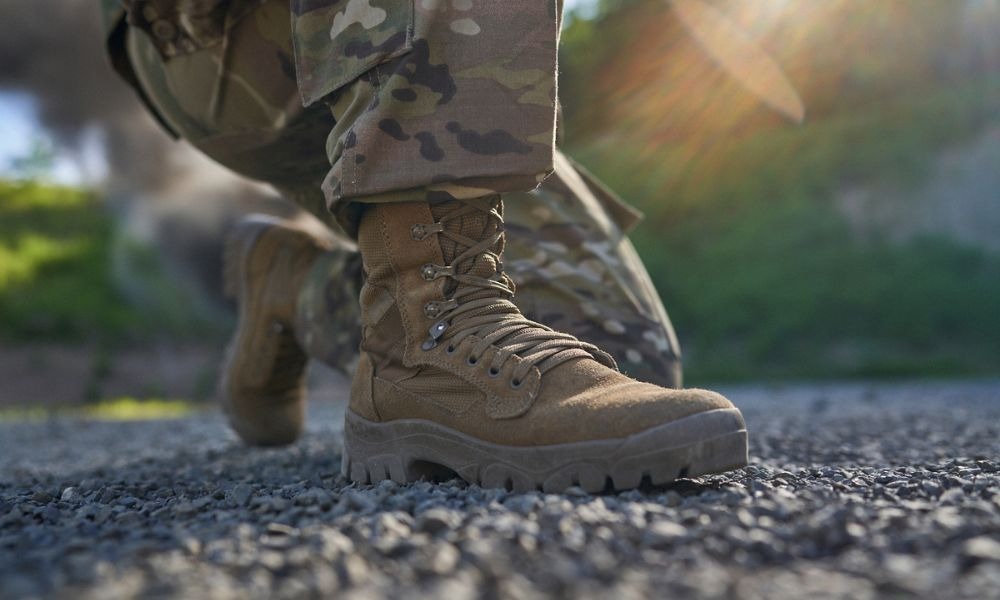The debate between tactical and hunting boots often surfaces when choosing the proper footwear for outdoor activities.
Both serve distinct purposes, tailored to specific needs and environments. While they might seem similar at first glance, a closer examination reveals differences in design, functionality, and intended use.
Understanding these disparities is crucial for selecting the ideal footwear to suit your activities, whether navigating rugged terrain during a hunt or executing tactical manoeuvres in challenging conditions.
In this discussion, we’ll explore the key characteristics of tactical and hunting boots, highlighting their unique features and the scenarios in which each excels.
Comparing Hunting and Tactical Boots
Traditional combat boots have been upgraded to tactical boots to lighten the weight while maintaining all tactical features, an even more significant improvement. They have a robust shaft, excellent arch and ankle support, toe and heel protection, and a non-slip rubber outsole.
Standing on the boots for up to 16 hours a day is made extra comfortable by the appropriate amount of cushioning and the EVA midsole.
They are among the lightest work boots available today, significantly lessening foot soreness, blisters, and exhaustion at the end of the day. The design of full-grain and premium synthetic leather with a mesh, nylon, Cordura, or textile upper for durability and lightweight is a well-known feature of tactical boots.
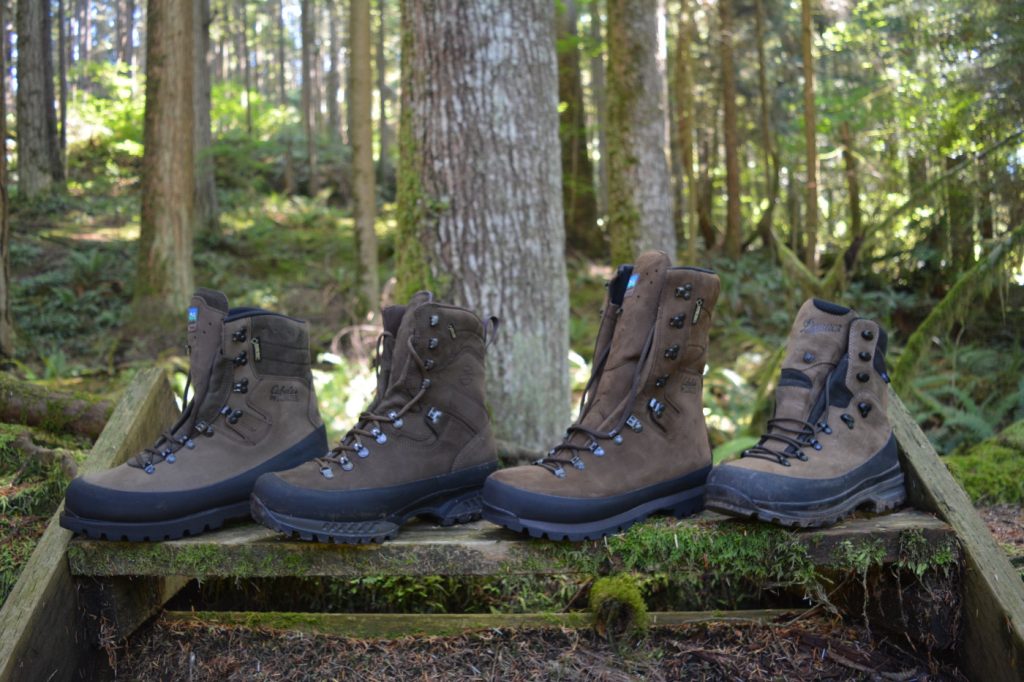
Because of this, they frequently have a polished toe and shaft and a sleek, professional appearance that completely satisfies office consistency requirements.
Another noteworthy aspect is the rubber outsole. It is continuously enhanced to prevent slippage on a variety of surfaces. Some are useful for working near industrial regions because they can protect oil and chemicals.
Many people prefer to interact with tactical boots over other types. Given that they function well as both work and outdoor boots, you may save some hard-earned cash for this versatile footwear.
What distinguishes a hunting boot?
It’s no longer a mystery why hunting boots are intended for hunting. Its performance is improved only, not in tandem like with tactical boots.
Due to their greater weight, durability, and stiffness than other footwear, hunting boots are hardly ever worn for everyday jogging, walking, or labour. They are an excellent option for longevity and protection against severe weather and prolonged wetness.
There are three primary categories of footwear: rubber boots, snake boots, and field boots. Rubber boots are often below the knee and are composed entirely of rubber.
The boot is wholly snake-proof and waterproof, so it won’t get wet inside even after submerging. Because of this, this boot is frequently used for hunting in the snow, in the sea, or wherever dangerous insects and snakes are present.
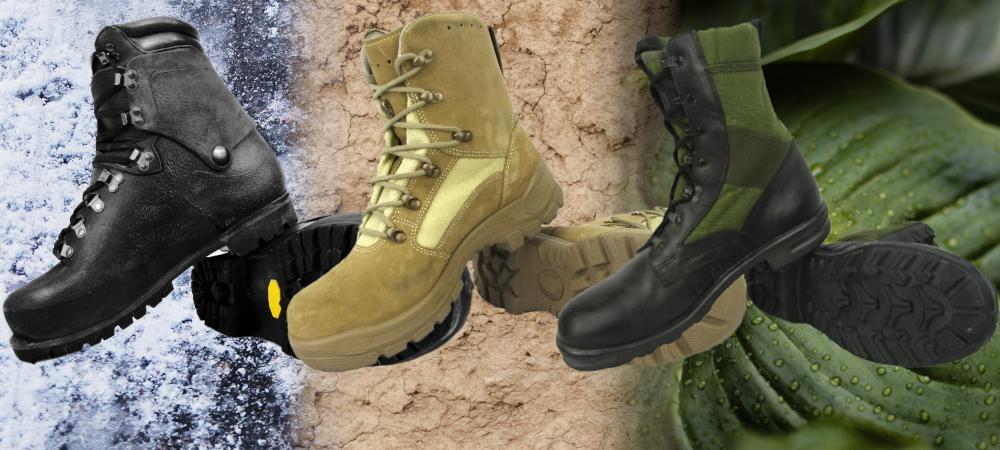
Field boots are made of leather and cloth for terrestrial surfaces. With lots of cushioning and insulation, they are incredibly durable and keep the feet snug, warm, and comfortable.
Some will label it “scent-free” to avoid unpleasant scents and foot issues when worn in unsanitary circumstances for extended periods.
The shaft height of snake boots frequently extends to your calf or even below the knee. This length is beneficial because you will pass through thick undergrowth or muddy puddles—where snakes often hide.
Specific boots have robust reinforcing at the toe and heel to guard against unexpected bites when walking on the ground. To survive the sharpest and deepest teeth of these deadly reptiles, they are constructed from materials and leather that has been toughened.
The fact that practically all snake boots are incredibly waterproof to shield the legs from poisonous liquids is something else to note about them. The highly robust, thick, black outsole with deep lugs is the first thing that strikes you about these boots.
This feature offers exceptional traction in harsh natural environments like jungles, mountains, ice and snow, wet and dense foliage, or moss streams.
Hunting boots range in height from 8 inches to below the knee. This provides better safety and protection for the legs in prickly plants and around poisonous snakes. The majority of hunters who wear hunting boots are trappers and animal hunters. In addition, game and fish wardens occasionally use these shoes to locate wild creatures outdoors.
Variations in function or design
Their unique designs are the first indicator of the two’s distinctions. We consider four factors about this topic: material, style, structure, and look.
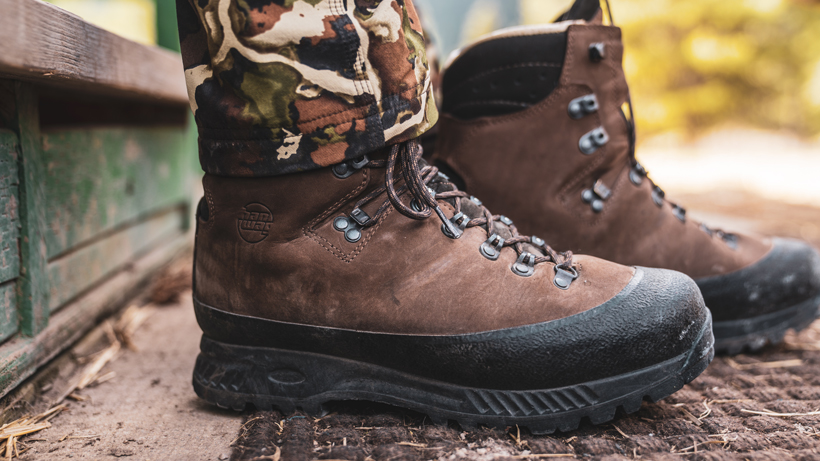
1. Look
The typical range of tactical boots is low-cut, 6 inches, 8 inches, and up to 10 inches. While offering better protection across the ankles and shins, hunting boots typically range in height from 8 inches to under the knee.
The exterior colours of tactical boots are typical all the same. Black tactical boots, for instance, will have black shoelaces (even with black eyelets), black leather and upper, and a black outsole.

Coyote-coloured boots will have sandy or coyote laces with outsoles that match the colour of the coyote anti-abrasion leather.
This gives the wearer a very adaptable and basic appearance that is valued during battles and long marches on the road. The boots are versatile, fitting into many different ensembles and serving a range of functions (which is why we refer to them as all-purpose).
Boots for hunting are the complete opposite. Regardless of whether they are leather or rubber boots, the surface of the shoes has a wide variety of hues.
The outsole will be primarily black, with leathery coyote, brown, hazelnut, or camouflage patterns on the shaft. This makes blending in or hiding in a tree grove, on burning grass, or in the jungle easier.
2. Organization
The term “tactical” refers to the more streamlined and flexible structure many tactical boots have. Curves that completely round the foot and sporadically spread wide are seen from the boot collar to the sole.
Tactical boots are known for their sturdy leather construction, simple design, and excellent fit and durability.
Tactical boots’ simple design makes them incredibly light, even when wet. This promotes flexibility and comfort for the wearer while standing, jogging, jumping, and climbing for prolonged periods.
Tactical boots are more straightforward and less ruggedly constructed than hunting boots. This range of shoes has a large, rounded toe region that needs protection material.
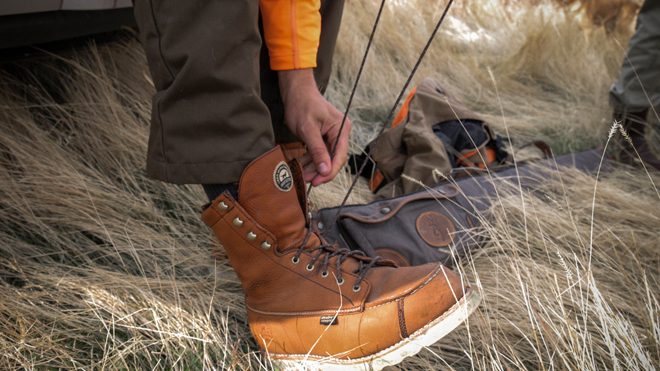
Since hunters experience water and moisture everywhere they go outdoors, water resistance and waterproofness are critical for hunting boots. As a result, to keep water out from the outside, their tongues will be more tightly packed and stiffer than those of tactical boots with padded cushions underneath.
Hunting boots prioritize toughness and protection above everything else. Lightweight isn’t taken seriously as a result.
However, some more sophisticated models aim to make the boots heavier to increase comfort during extended wear. Another critical distinction between the two is that although some hunting boots, such as rubber and snake boots, do not come with laces, all tactical boots do.
Material: Most tactical boots are made of full-grain, premium leather or suede, with an upper composed of nylon, mesh, Cordura, or textile. While hunting, boots maximize various materials, including fabrics, rubber, leather/suede, and plastic.
Style: Hunting boots feature a unique black outsole and come in various hues and rough patterns. They have a thick, heavy sole with ideal anti-slip deep lugs and a curved round toe shape. The rubber boot line has an excellent anti-slip sole and softer interior cushions, making them ideal for winter wear. Wearing these vibrant shoes will make hunting less boring.
3. Operation
They are frequently heavy and less flexible because of their more robust and bulky design than tactical boots. However, as most hunting boots offer reasonably high heat retention layers, you can also wear them to keep your feet warm throughout the winter.
When hunting boots unintentionally strike a rock or tree, their reinforced toe part provides excellent impact resistance and optimal protection. Leather and thick rubber are fireproof, anti-snakebite, and waterproof.
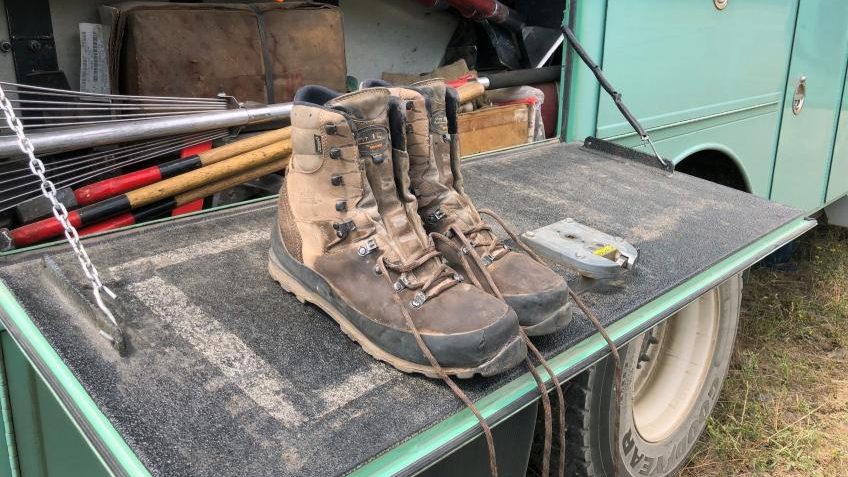
While many tactical boots comply with ASTM requirements for enhanced impact and compression resistance, most hunting boots do not. Rubber boots are waterproof but don’t breathe well inside and are hard to remove moisture and sweat from. As a result, unpleasant odours and foot infections are likely.
Tactical boots are the all-purpose footwear line, as was previously indicated. Any tactical boot will undoubtedly work for your wish to utilize it. When choosing boots for hunting in the jungle, go for something especially for that terrain because tactical boots are more sophisticated and have a smaller design.
FAQs
- What are the primary differences between tactical boots and hunting boots?
Tactical boots are designed for versatility, offering features suitable for both work and outdoor activities. In contrast, hunting boots are tailored explicitly for hunting, focusing on durability and protection against harsh conditions.
- How do the designs of tactical boots and hunting boots differ?
Tactical boots typically have a streamlined, military-inspired design with options for various heights, while hunting boots often feature bulkier construction with reinforced toe and heel sections, ideal for navigating rugged terrain.
- What materials are commonly used in tactical boots and hunting boots?
Tactical boots are typically made of premium leather or suede with nylon or mesh uppers, prioritizing lightweight and flexibility. Hunting boots utilize various materials, including leather, rubber, and fabrics, focusing on durability and weather resistance.
- What are the primary functions of tactical boots and hunting boots?
Tactical boots are versatile and suitable for various activities, including work and outdoor adventures, offering comfort and flexibility. Hunting boots are designed for hunting, providing durability, protection against wildlife, and weather resistance.
- Do tactical boots and hunting boots differ in terms of weight and flexibility?
Yes, tactical boots are lighter and more flexible, suitable for prolonged wear and various activities. Hunting boots tend to be heavier and less elastic, prioritizing durability and protection over flexibility.
- Which environments are best suited for tactical boots and hunting boots?
Tactical boots are versatile and can be used in various environments. In contrast, hunting boots are best suited for rugged outdoor terrain such as forests, mountains, and wetlands, protecting wildlife and harsh weather conditions.
Conclusion
While both tactical and hunting boots serve distinct purposes and excel in specific environments, their differences in design, functionality, and intended use make them suitable for different activities. Tactical boots prioritize versatility, lightweight construction, and all-around performance, making them ideal for outdoor and work-related tasks.
On the other hand, hunting boots are designed with durability, protection, and specialized features explicitly tailored for hunting activities, such as snake-proofing, waterproofing, and insulation. Understanding these variations is essential for selecting the most suitable footwear to ensure comfort, safety, and performance during outdoor pursuits.
Whether navigating rugged terrain during a hunt or executing tactical manoeuvres in challenging conditions, choosing the proper boots can enhance the overall outdoor experience and contribute to a successful outcome.

